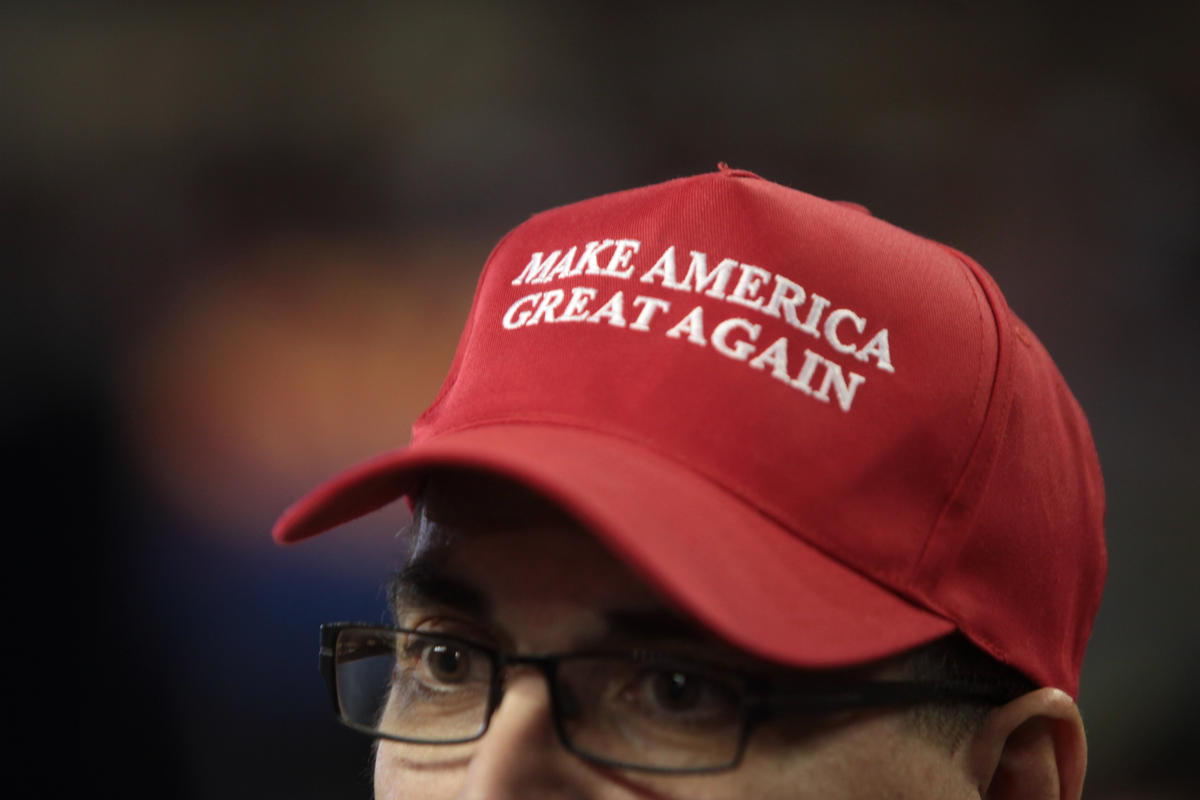You may have missed it, but last summer Walmart got into some hot water with the Federal Trade Commission for its”Made in the U.S.A.” campaign. According the FTC, for a company to make that claim, all of a product’s components must be manufactured and assembled in the United States.
In a globally integrated supply chain, how do you determine if something is “made” in a country?
For starters, over half the world’s steel production is in China. The U.S. produces less than 5%. So chances are, anything made with steel, the major component in heavy manufacturing, already fails the “Made in the U.S.A.” test.
To get around this, many companies now use the term “sourced” to mean products made, assembled or grown in the USA. This is a clever marketing ploy because it tells us very little about where the jobs are being created, the real reason we value “Made in the U.S.A.”
That brings us to the impending shift in U.S. policy better known as “America First.”
When we talk about global trade, countries with well-documented protectionist practices like China, Russia and Japan come to mind. However, according to Global Trade Alert, an independent branch of the Centre for Economic Policy Research that monitors policies that affect world trade, the country with by far the most restrictive tariff and non-tariff barriers is the United States. In other words, American has been first for decades.
China is the world’s second largest economy. Its rise has largely been due to the massive low-wage workforce that produces about 10% of all manufactured goods in the world. This has made it a cornerstone of the global supply chain. The U.S. now only produces about 5% of the all the vehicles in the world. According the American-Made Index, the number of cars built with 75% domestic parts from the U.S. and Canada has plummeted to only seven in 2015. This makes it highly impractical, if not impossible, to extricate U.S. manufacturing from other countries and trading blocs.
This takes us to the heart of the matter. To bring manufacturing jobs back to America would likely require one of three scenarios:
- We pay significantly higher prices for the same goods we now buy. This would most adversely affect the poorest among us, such as those on fixed incomes. And the automotive industry, a key employer in our state, would be one of the hardest-hit.
- We coerce our workforce to work for wages comparable to those in developing countries. This approach increases the number of working poor in America.
- We automate and eliminate these jobs. Where plants once had hundreds of workers, there are now only a handful of highly skilled robotics operators.
Yes, we would like to find employment and advancement opportunities for all Americans. But, ironically, these proposed protectionist trade policies will leave us isolated from the high-growth markets and opportunities required to actually put America first. Let’s stay in the global markets we have established over the past century and double down on our innovation capabilities. Doing it that way, we could lead world into the 21st century and put America first the American way.
Jeff DeGraff is the Dean of Innovation: professor, author, speaker and advisor to hundreds of the top organizations in the world. Connect with Jeff on Twitter @JeffDeGraff.
This article was originally published on The Next Idea
